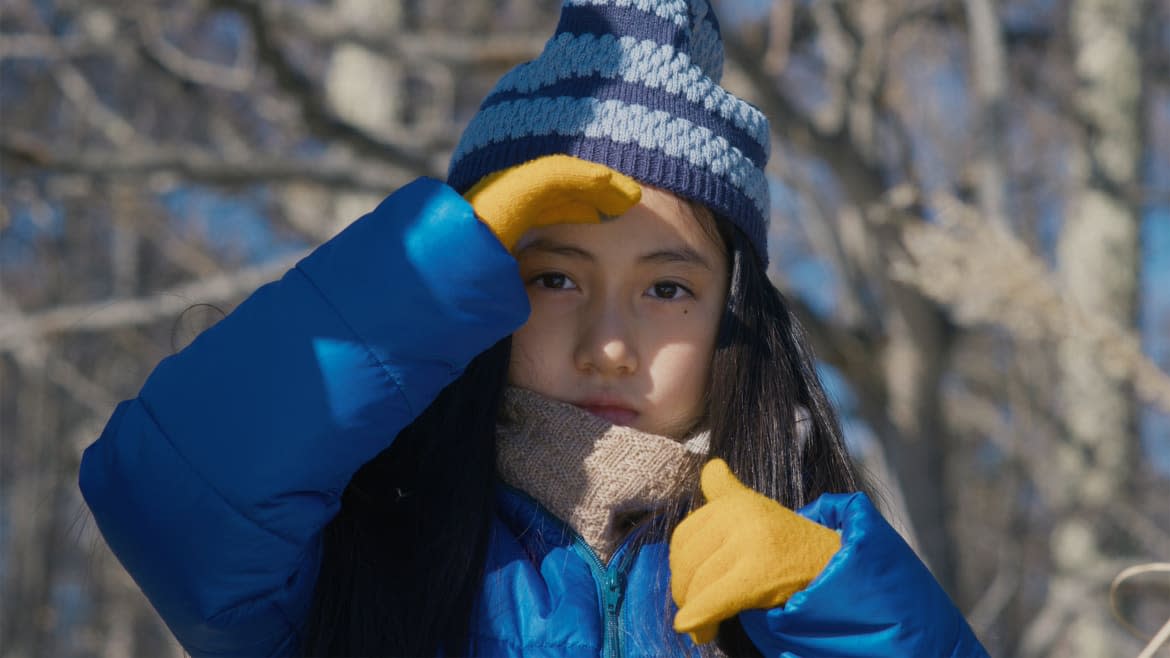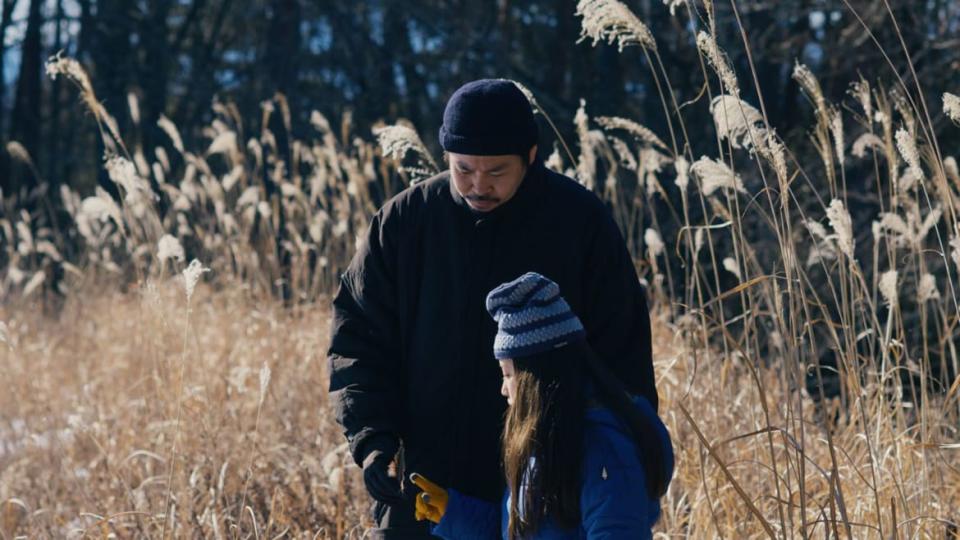‘Drive My Car’ Director’s Latest Film Is Another Oscar-Worthy Triumph

- Oops!Something went wrong.Please try again later.
- Oops!Something went wrong.Please try again later.
- Oops!Something went wrong.Please try again later.
VENICE, Italy—In comparison with many of Ryusuke Hamaguchi’s previous films—rich, novelistic affairs like Drive My Car or Happy Hour—his latest film is a finely turned short story. But, in the same way that the short stories of Alice Munro glancingly suggest whole worlds beyond the boundaries of their narrative, Evil Does Not Exist seizes different perspectives on the fly. The film, which premiered at the Venice Film Festival, finds time to sketch so many characters, effortlessly gliding between from micro to macro and back again. The result is a sad, piercingly beautiful fable, whose delicacy and grace barely conceal Hamaguchi's mordant purpose.
Takumi, the film's main character, is a woodsman and, in his own words, a jack of all trades, living in a modest cabin with his eight-year-old daughter, Hana; we observe him closely in the film's hushed opening scenes as he goes about his work, chainsawing and then chopping wood that he arranges in neat stacks by his home. Quietness and focus are key as he domesticates the nature around him, drawing water in great vats from a shallow woodland stream. As shots ring out across the forest—hunters, shooting at deer across the valley—Takumi and a friend discuss a "glamping" project that is afoot. Glamping: the ugly word sticks out like a sore thumb; sounds disgusting in the mouths of these good men.
Already so much has been conveyed in this short stretch: a small mountainside village, drawn along communal lines; farms, a restaurant, and a school; nature and the humans and animals depending on it; and one portrait, of a quiet, resilient man. But the glamping project menaces this world: A company from Tokyo, two hours' drive away, is seeking to exploit a tract of land, imperiling local wildlife and ways of being. Two representatives from the company hold a meeting with figures from the community, including Takumi. In this extended scene, deftly conceived by Hamaguchi, locals hammer these corporate bastards with pert, angry questions, demanding to know how the project will operate and respect the surrounding environment. It becomes clear that this meeting is not a real consultation, but a cynical exercise in pacifying the smalltown folk. The mayor cautions these delegates: Water flows downstream, so those at the top of the river have a duty to those at the bottom.
This mantra forms the moral backbone of Hamaguchi's story, which now surprises us by remaining with the delegates as they return to their Tokyo paymasters to pass on the dreadful feedback they have received. Showing his usual humanity, Hamaguchi outlines two characters hemmed in by their jobs, disquieted by the lives that they have made for themselves. Gently satirical of their posturing weltschmerz, Hamaguchi nevertheless has empathy for these helpless pawns in capitalism’s losing game.

The pair present their findings over a Zoom call with a smooth-talking, grasping boss, who urges them to, essentially, ignore most of the villagers’ qualms and recommendations, for budgetary reasons. He suggests that they ask Takumi to work as a groundskeeper on the project, presumably so as to buy him off. The remainder of the film, which still has some startling twists to serve up, is taken up with the overtures the two workers then make to Takumi. One of the corporate stooges gets it in his head that he will move to the mountain, and live like this peaceable fellow: Takumi feels the insult of that harebrained notion. As the three of them work together and negotiate, news comes that Takumi's daughter has gone missing.
And so this sorrowful, poignant story starts its long, eerily mysterious conclusion, as villagers and the city duo alike hunt for the little girl. What wonderful sophistication Hamaguchi shows in this stretch, not seeking to tie up a story that cannot be ended with any sort of neatness, but instead tearing open a seam in his narrative and burrowing into it, seeking a new dimension that will deepen the themes already touched upon. The stately beauty of the film's photography is wondrous in these final twenty minutes, seizing mist and woodsmoke as they drift across fields whose golden grasses are picked out by bleak evening sunlight. An icy pond; dark woods with snaking limbs; a curving road; wild deer: these things, shot with a mesmerizing intensity of purpose, could all represent a danger to the child, but they are all, also, just functioning parts of this world, doing their job of living together.
Hamaguchi ends his story with one last flourish, a quasi-magical or mystical development that would be flashy and dismaying if it didn’t somehow work so well with everything we have seen and drunk in. It shows a filmmaker totally in command of his craft, who is happy to leave his audience shocked and in search of answers. But, fittingly, all we are left with—perhaps all that we should have—is questions.
Did you like this review? Sign up to get our weekly See Skip newsletter every Tuesday and find out what new shows and movies are worth watching, and which aren’t.
Get the Daily Beast's biggest scoops and scandals delivered right to your inbox. Sign up now.
Stay informed and gain unlimited access to the Daily Beast's unmatched reporting. Subscribe now.

